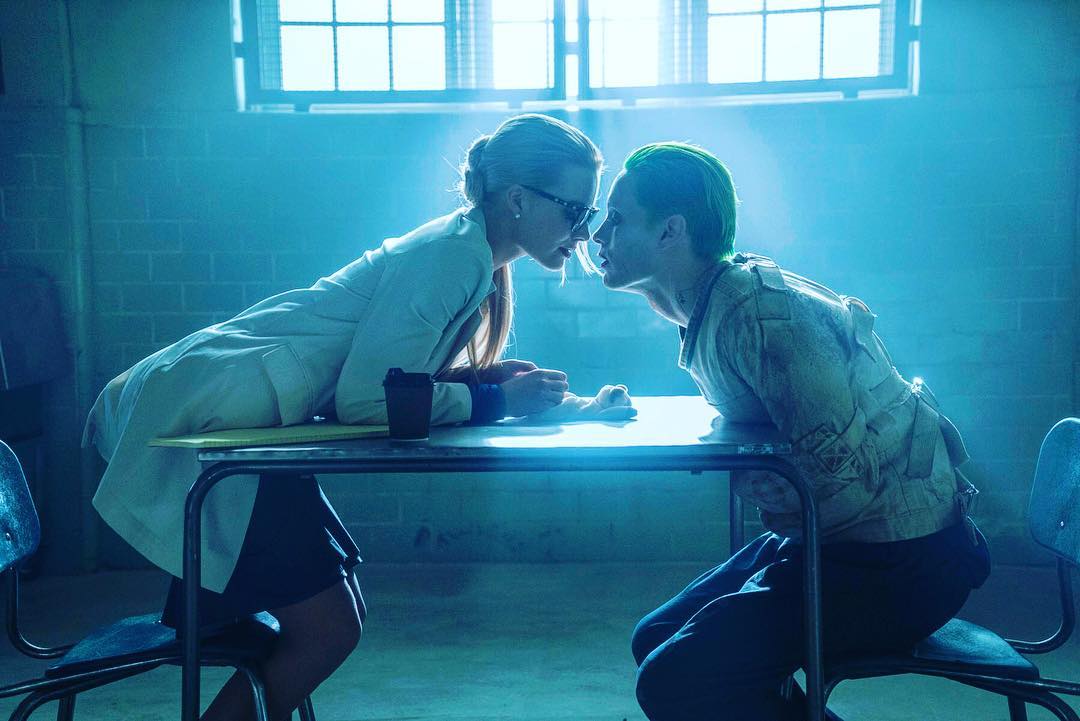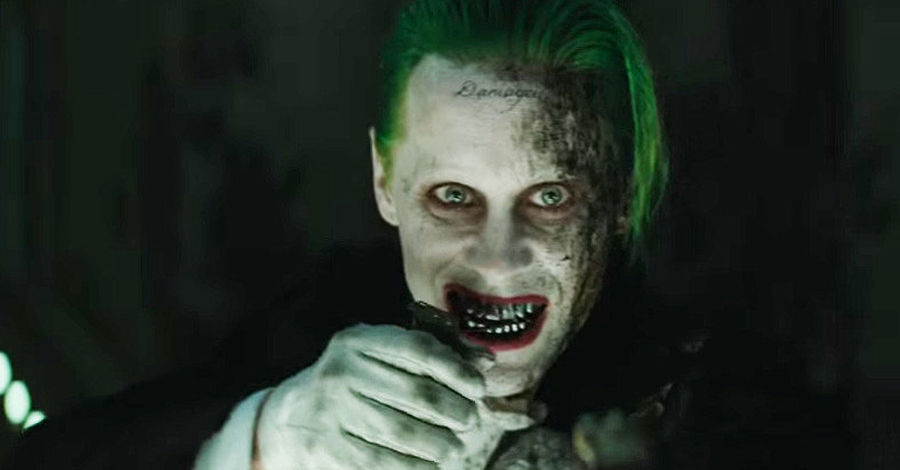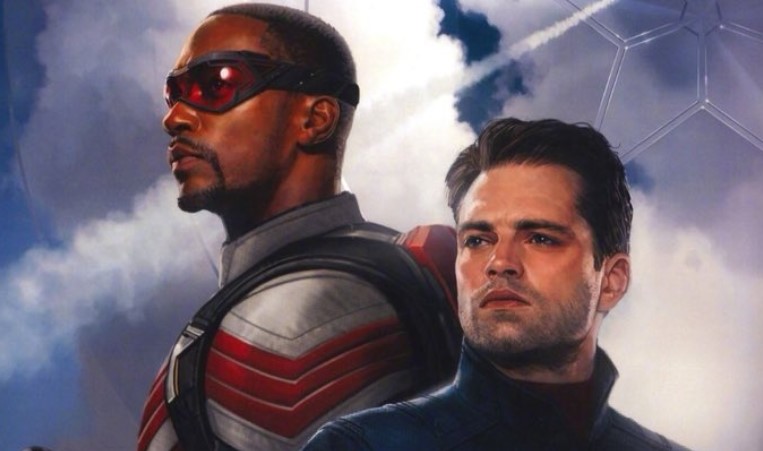This content has been archived. It may no longer be relevant
Jared Leto is a unique talent. He’s a gifted actor that understands his craft better than most. He can speak on it as effectively as he can perform it. So when I say I enjoyed reading about Leto finding his Joker more than actually watching him on screen, it’s a compliment of the highest order. Many fans probably went into Suicide Squad waiting to see the Joker whose method actor visited institutionalized patients and sent his cast mates odd gifts. In many respects, those facets did not come across in the film. In fact, this portrayal of the Clown seems tame with a few stand out moments. Some people enjoyed it nonetheless, while others did not. Most will likely stand by the argument we weren’t given enough of him to properly judge. According to Jared Leto himself, that is unfortunately the case. Beware of Suicide Squad spoilers below.
There’s a scene in the film where Amanda Waller orders a helicopter struck down with Joker and Harley aboard. Harley’s survival is immediately shown, but Joker’s fate is left hanging in the balance until much later. When asked by IGN what he thought the Clown Prince of Crime did in his time off screen, Leto had this to say:
“That’s a good question. I have no idea. I think he probably went and had a drink or something. Stretched – once you get blown up in a helicopter your muscles get a little tight.”
Great response, no? But perhaps the true answer lies in whatever Joker scenes were left on the cutting room floor. Leto recently spoke about there being “a lot of” his scenes removed. However, in an attempt to debunk reports, director David Ayer has said only roughly ten minutes of the film didn’t make it to theaters. But Jared Leto’s words, when asked if he was upset about what was cut, seem to hint at something more.
“Were there any that didn’t get cut? I’m asking you, were there any that didn’t get cut? There were so many scenes that got cut from the movie, I couldn’t even start. I think that the Joker… we did a lot of experimentation on the set, we explored a lot. There’s so much that we shot that’s not in the film.”
The above photo of a burned Joker raised many questions upon its release months ago, yet was not reflected in Suicide Squad. What happened to him, was this a present day scene or a flashback? Could some of his extra appearances be what the studio allegedly removed to fit their flavor? We may never know.
“If I die anytime soon, it’s probably likely that it’ll surface somewhere. That’s the good news about the death of an actor is all that stuff seems to come out,” Leto added.
Hopefully, it won’t come to that. This situation is reminiscent of a much older one, whereby Oscar Wilde submitted The Picture of Dorian Gray to Lippincott’s Monthly Magazine. They loved the story, praised it even, but the homoerotic nature of the tale was far too risky for their publication. Wilde, unknowing of what was excised, did not see the final version of his work until the public did. Sadly, because his original copy had been handed over to the publication, he was never given the chance to restore it. Not until 2011 did the playwright’s original version see the light of day. Of course, Wilde’s story is a tragic one, but something must be said of the similarities in an artist’s work being tampered with to fit the suit’s narrative.
Again, the reports about Warner Bros. interference have yet to be proven. However, if there’s is any truth to it, here’s to hoping the film in its intended state gets a chance to speak for itself.
Images: Warner Bros.






